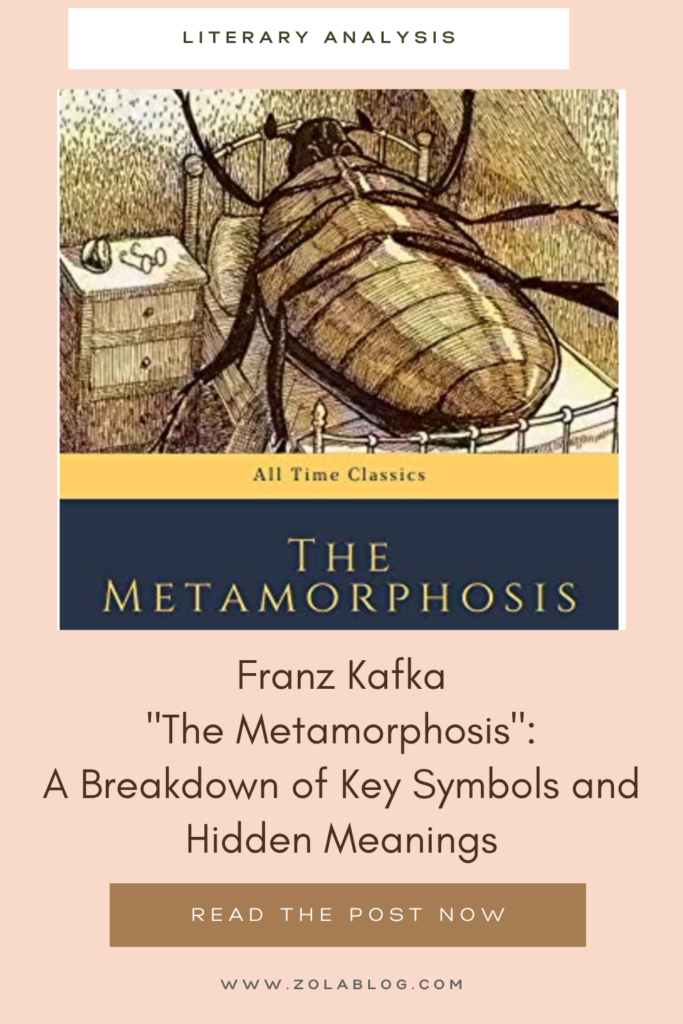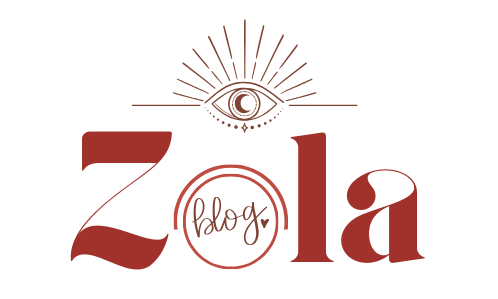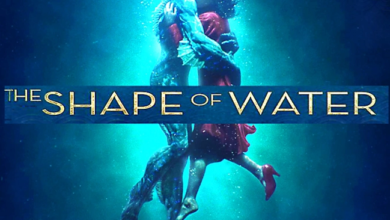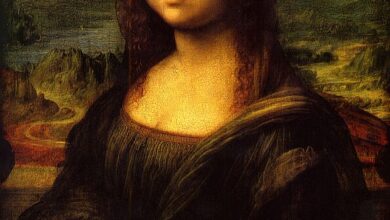Franz Kafka “The Metamorphosis”: A Breakdown of Key Symbols and Hidden Meanings

Franz Kafka’s novella, “The Metamorphosis,” is a haunting tale that transcends the realm of the grotesque. Gregor Samsa’s nightmarish transformation into a giant insect is more than just a fantastical plot device. It serves as a powerful symbol, unlocking a treasure trove of hidden meanings that resonate deeply with readers. But before we delve into the specific symbols within “The Metamorphosis,” let’s take a moment to understand what symbolism is and how Kafka utilizes it throughout his work.
What is Symbolism?
Symbolism is a literary device where an object, person, or situation represents something else beyond its literal meaning. Symbols can be cultural, historical, or even personal, adding depth and complexity to a story. They invite readers to think critically and uncover hidden layers of meaning within the narrative.
Kafka and the Masterful Use of Symbolism
Franz Kafka is renowned for his masterful use of symbolism. His works often depict nightmarish scenarios and surreal transformations, which serve as metaphors for broader human anxieties and alienation. In “The Metamorphosis,” Kafka utilizes symbolism extensively to explore themes of isolation, societal pressures, and the struggle for identity.
Now, let’s dissect some of the key symbols within “The Metamorphosis” and explore how they contribute to the story’s richness:
The Dehumanizing Grip of the Insect The most striking symbol is, of course, Gregor himself as an insect. His hardened shell, scuttling movements, and inability to speak represent the alienation and powerlessness he experiences. Trapped in a monstrous form, Gregor can no longer fulfill his role as the family’s breadwinner, a role that previously defined his identity. The insect form becomes a metaphor for his isolation, highlighting the crushing feeling of being ostracized and misunderstood.
“He was lying on his armour-hard back, and when he lifted his head a little, he could see his brown belly, divided up into stiff arched segments, and at its far end something like the legs of an insect all scurrying confusedly together.“
Franz Kafka, The Metamorphosis
A Glimpse of Lost Humanity: The Picture of the Lady in Furs
Among the clutter in Gregor’s room hangs a picture of a woman in furs, a stark contrast to his current state. This image can be interpreted in multiple ways. It could symbolize a lost sense of beauty and normalcy, a reminder of the life Gregor can no longer access. Perhaps it represents a yearning for connection and intimacy, a stark reminder of his isolation. The torn edges of the picture, meticulously repaired by Gregor, might signify his desperate attempt to cling to the remnants of his humanity.
“It was a picture he had cut out of a glossy magazine a long time ago and had since fixed in an old, gilt frame. It showed a lady with a fur boa around her neck and a small fur cap on her head perched at an angle on top of her dark hair; she sat there, legs outstretched, in an easy chair and held out to one side a large fur muff that she evidently just about to put on.”
Franz Kafka, The Metamorphosis
A Hunger of a Different Kind: The Shifting Significance of Food
Gregor’s changing relationship with food is another potent symbol. Initially, he craves his usual breakfast, a connection to his old life. However, as the story progresses, his tastes shift towards rotting food. This could represent his descent into an animalistic state or a rejection of the societal expectations that once defined him. The act of Gregor’s starving himself can also be seen as a form of self-destruction, his way of withdrawing from a world that no longer accepts him.
“He shoved himself towards the bowl with relish, but when his mouth touched the food, he felt a repugnance such as he had never experienced before. He tried to force himself to eat; he told himself that after all it was nothing but a little neglect of his duty, a kind of laziness, that one could easily overcome.”
Franz Kafka, The Metamorphosis
The Enforcer’s Uniform: A Shift in Power Dynamics The metamorphosis isn’t just about Gregor. His father, initially weak and ineffectual, undergoes a transformation of his own. He dons his old military uniform, a symbol of authority and newfound strength. This shift in attire reflects the power vacuum created by Gregor’s transformation. The father takes on the role of protector, albeit a harsh one, representing the societal pressure to conform and fulfill defined roles.
“His father, however, seemed to have become quite stout lately. His broad shoulders filled out the uniform splendidly; the new cap with its gold braid sat straight on his head, making his energetic face look even more determined and self-confident than usual.”
Franz Kafka, The Metamorphosis
Several other elements in the story can be interpreted symbolically:
Gregor’s Room: Confined and cluttered, it represents his isolation and the shrinking world he inhabits.
The Apple: The fruit lodged in Gregor’s back can be seen as a symbol of his original sin or the burden of his transformation.
The Maids: Their initial disgust and eventual dismissal represent societal fear and the ease with which Gregor is ostracized.
Unveiling Layers of Meaning
These symbols contribute to broader themes explored in “The Metamorphosis.” Gregor’s isolation reflects the alienation felt by the individual in a modern, bureaucratic society. His struggle to maintain his identity highlights the dehumanizing effects of societal pressures. The novella forces us to confront the fragility of human connection and the ease with which we can be ostracized for being different.
The Enduring Power of Symbolism
By unpacking the layers of symbolism in “The Metamorphosis,” we gain a richer understanding of Kafka’s genius. These symbols transcend the story itself, inviting us to reflect on our own place in the world, the pressures we face, and the importance of compassion and understanding.
A Choice of Surrender: Gregor’s Refusal of Food and Symbolic Suicide One of the most critical moments in the story is Gregor’s decision to stop eating. Initially, he attempts to consume his usual meals, but as his transformation progresses, he develops a taste for spoiled food. This could be interpreted as a descent into animalistic behavior. However, a more critical perspective suggests Gregor’s refusal of food as a symbolic suicide.
Critical Opinion: A Loss of Hope or a Rejection?
Some readers view Gregor’s starvation as a loss of hope. In his transformed state, he feels utterly alienated and a a burden to his family. By refusing sustenance, he chooses death, a way to escape his suffering and the revulsion he inspires in others.
However, a different interpretation suggests Gregor’s starvation as a defiant act. By rejecting the food his family tries to force-feed him, he rejects the societal norms and expectations that no longer have meaning in his transformed state. His refusal becomes a silent protest against the world that has ostracized him.
The act of starvation, then, becomes a complex symbol. It can be seen as both a surrender to despair and a final act of defiance. Ultimately, it’s up to the reader to decide which interpretation resonates more strongly.
This revised section offers a critical perspective on Gregor’s decision and its symbolic meaning. It presents two contrasting interpretations, allowing readers to engage with the text on a deeper level and form their own conclusions.




